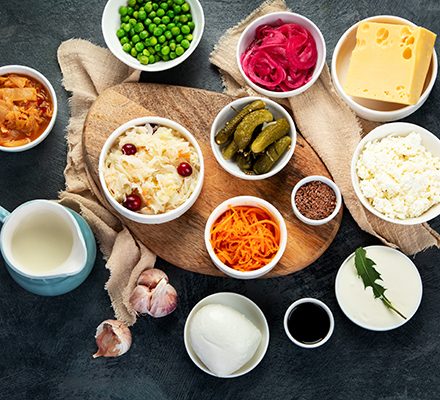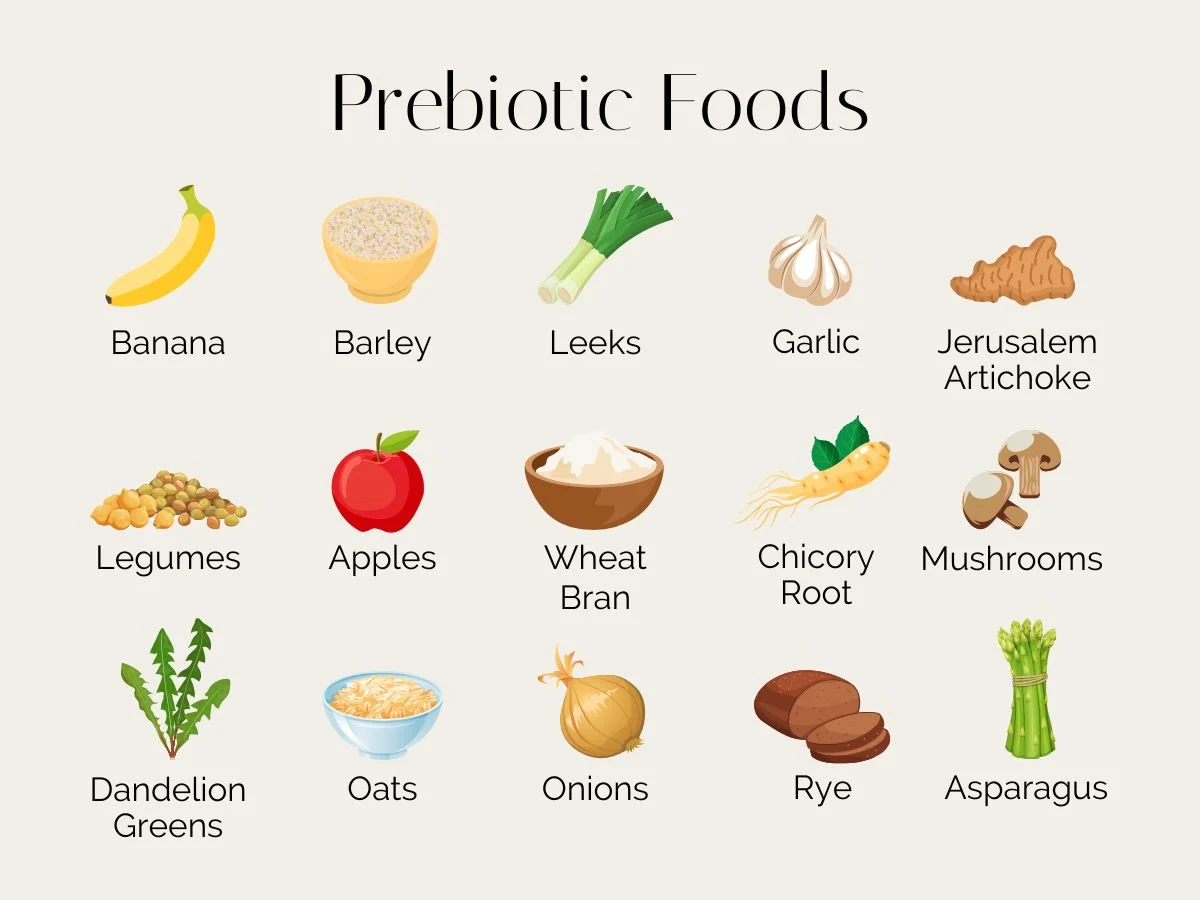- Catherine Maborukoje
- Prebiotic, Probiotic
- 0 Comments
- 1334 Views
But what exactly are they, and how do they work together to keep our digestive system in top shape?
The majority of what we consume as humans are processed foods. This includes prepared foods such as chopped, cleaned, heated, pasteurised, cooked, canned, frozen, dry, dehydrated, blended, or packaged foods.
To become a processed food, food naturally loses all of its nutrients. But this is unknown to us.
While minimally processed foods can be part of a healthy diet, highly processed options high in salt, sugar, fat, and calories may increase health risks like obesity and cancer.
This is why maintaining a healthy gut has become increasingly important for overall well-being.
Two key players in the quest for a happy tummy are probiotics and prebiotics. But what exactly are they, and how do they work together to keep our digestive system in top shape? Let’s dive in and explore the fascinating world of gut health.
Probiotics

Probiotics are live bacteria and yeasts that are beneficial for our health, particularly our digestive system. These friendly microorganisms reside in our gut, where they help maintain a healthy balance of gut flora. When the balance of good and bad bacteria is disrupted, it can lead to various health issues, such as digestive problems, weakened immunity, and even mental health concerns.
Probiotics come in many forms, including supplements and fermented foods like yogurt, kefir, sauerkraut, and kimchi. They work by:
– Replenishing the good bacteria in the gut
– Improving digestion and nutrient absorption
– Boosting your immune system
– Reducing inflammation
– Enhancing mental well-being
To reap the benefits of probiotics, it’s important to choose high-quality supplements or consume probiotic-rich foods regularly.
Prebiotics

While probiotics are the stars of the show, prebiotics play a crucial supporting role in maintaining a healthy gut. Prebiotics are types of dietary fiber that feed the beneficial bacteria in our gut, helping them thrive and multiply.
Prebiotics are found in a variety of plant-based foods, such as:
– Onions
– Garlic
– Bananas
– Whole grains
– Legumes
– Apples
When we consume prebiotics, they travel through our digestive system undigested until they reach our colon. There, they act as food for the probiotics, promoting growth and activity.
By consuming a diet rich in prebiotics, we can create an environment in our gut that is conducive to the growth and proliferation of beneficial bacteria. This, in turn, can lead to improved digestion, better nutrient absorption, and a stronger immune system.
The Power of Probiotics and Prebiotics Working Together
While probiotics and prebiotics are often discussed separately, they work best when consumed together. Prebiotics provide the fuel for probiotics to thrive, while probiotics help break down prebiotics and other complex carbohydrates.
When we consume a diet that includes both probiotics and prebiotics, we create a synergistic effect that can have far-reaching benefits for our overall health. Some of these benefits include:
– Reduced risk of digestive disorders
– Improved immune function
– Enhanced nutrient absorption
– Better weight management
– Reduced risk of chronic diseases
To incorporate probiotics and prebiotics into one’s diet, aim to consume a variety of probiotic-rich foods, such as yogurt, kefir, and fermented vegetables, along with prebiotic-rich foods like onions, garlic, and whole grains. We can also consider taking a high-quality probiotic supplement, but be sure to consult with one’s healthcare provider first.
READ ALSO: What Are Alternative Therapies for Full Wellness?











